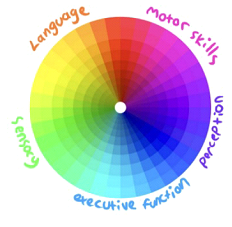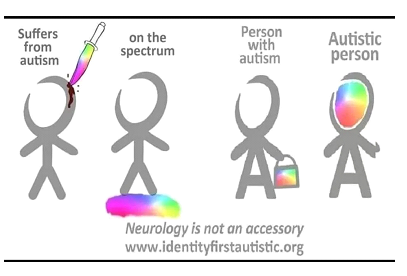
The recent lockdowns and school closures have provided a unique experience for our autistic students and their families. For some, the closure of schools has been welcome, as it has been in schools where they have faced most of their challenges and difficulties, linked to sensory overload and the social anxieties that they experience within the busy school environment. For others, however, the impact of the closure of schools has been an almost traumatic experience for them, with the loss of key routines that have been essential to them in providing a consistent, stable framework for their day to day lives. This HOW TO explores a range of issues and provides resources and strategies for working with students along the autistic spectrum in these contexts … and readers will also find these valuable assets when working with all students.
What is Autism?
Autism (also known as ASD - Autistic Spectrum Difficulties or ASC - Autistic Spectrum Continuum) is a lifelong neurodevelopmental disability. It encompasses a broad range of difficulty and need that individuals experience in the areas of social interaction, social imagination and social communication- known as the Triad of Impairments. In recent years links have also been made between autism and monotropic brain theory. Someone with a monotropic brain will tend to use their processing power on things they are interested in; this then becomes the focus and makes it really difficult to focus on and process things new or outside of their interests. These interests tend to be fewer in number but someone with a monotropic brain will likely have a very in-depth knowledge in their areas of interests.
As with all areas of SEN, it is important not to look at autistic students as a homogenous group - they do not all neatly fit into a group with the same presentation of needs and strengths. Whilst stereotypical characteristics of autism may include obsessive and fixed routine-based behaviours, and the inability to provide eye contact, many of our autistic students will appear not to have those difficulties and may be able to demonstrate a range of appropriate social behaviours, including eye contact.
It is therefore incredibly important to look past the label and to really understand how the label of autism impacts on the individual in terms of not only their needs and difficulties, but also, importantly, their areas of strength. Whilst typically, therefore, the autistic spectrum is discussed as a linear scale from lower to higher functioning, it is instead important to think of the spectrum more like a round colour wheel, with each colour representing different aspects of the spectrum that autistic people may have difficulties with:

The terminology used to discuss autistic students also needs to be considered within the school environment, and the impact of different ways of understanding and describing needs may be a useful reflective activity to complete with staff to foster more understanding. Have a look at the diagram below and consider the implications of what it is showing and how this relates to your own understanding and understanding of autism in your school setting:

Not all autistic students may necessarily need to be on the school’s SEN Register, as, while they will have a diagnosis of autism, they may not need individualised and additional provision and support in school to be able to effectively manage the school environment and make progress with their learning. Many autistic students will have developed a range of highly effective coping and masking behaviours and strategies, which will mean that, within the structured and consistent environment of the school setting, their needs may be reduced, but it may then be at home where the autistic behaviours become more apparent and can have a greater impact.